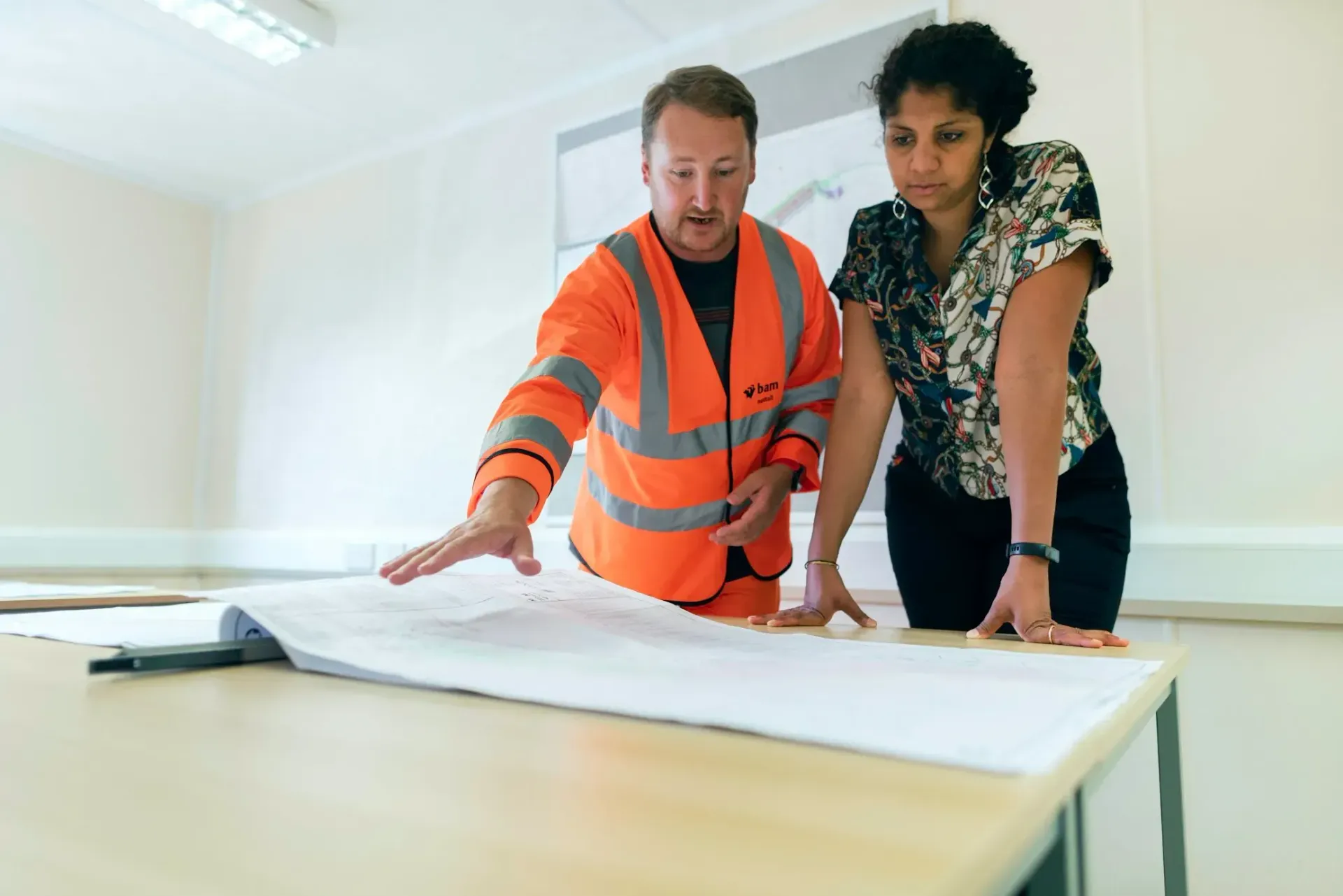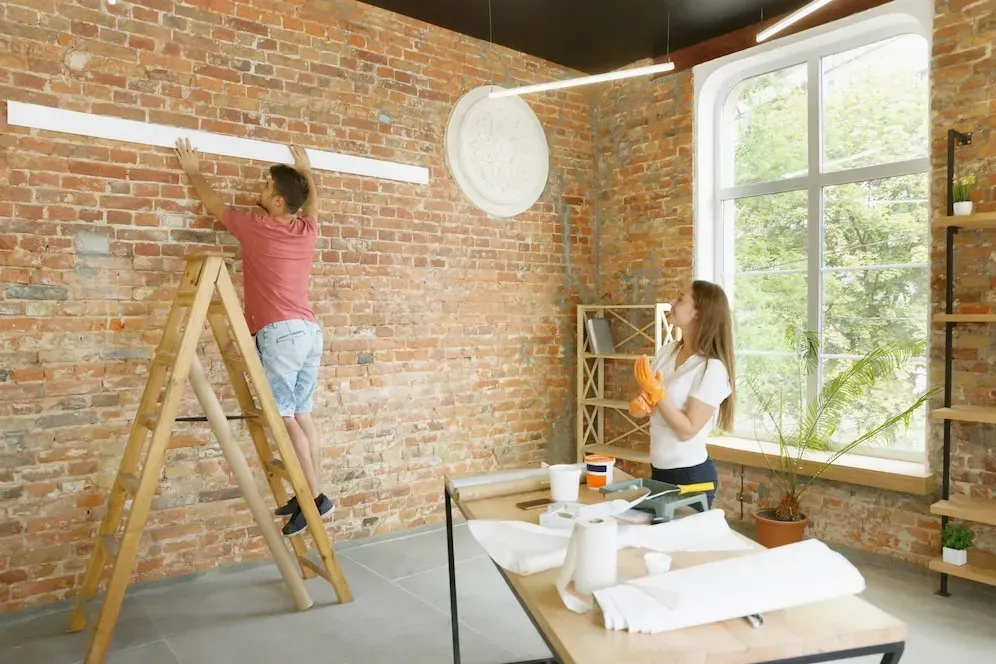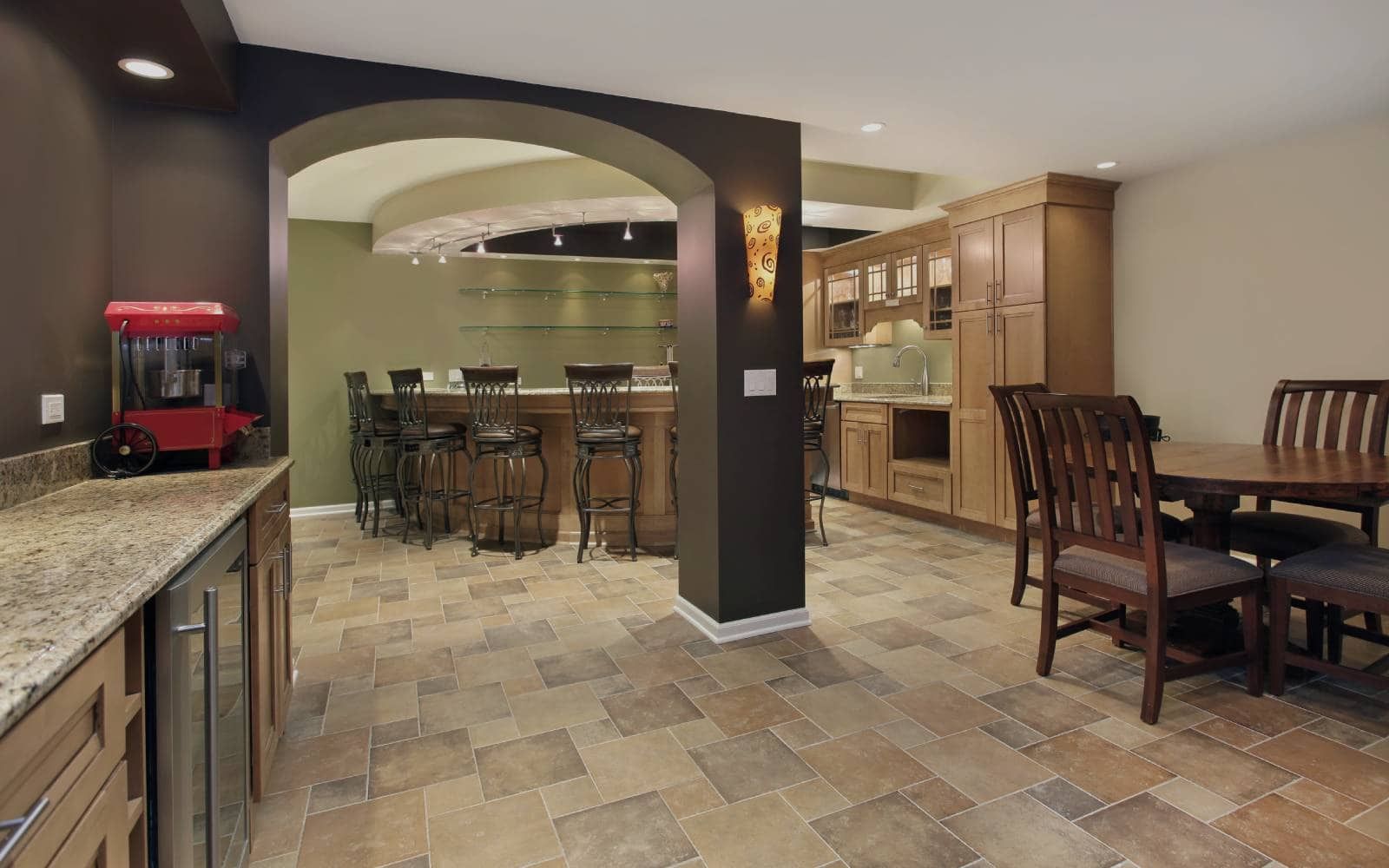The Most Expensive Part of Finishing a Basement Is...

What is the Most Expensive Part of Finishing a Basement?
Finishing a basement can turn unused space into a functional and enjoyable area. But what is the most expensive part of finishing a basement? Knowing the costs involved is key for budgeting and planning. This guide breaks down the main expenses and offers tips to help you manage your budget effectively.
The Costliest Aspects of Finishing a Basement
Finishing a basement involves several significant expenses. The cost can vary based on the size of the basement, the materials used, and the complexity of the work. Let's explore the most expensive components in detail.
Labor Costs
Labor is often one of the highest expenses in basement finishing. Hiring professionals for various tasks like plumbing, electrical work, and carpentry can add up quickly. The complexity of the job, the rates of local contractors, and the amount of work required all influence labor costs.
To keep labor costs under control, get multiple quotes from contractors and consider what tasks you can handle yourself. DIY projects can save money, but make sure you have the necessary skills to avoid costly mistakes.
Structural Work
Structural work includes foundation repairs, waterproofing, and insulation. Ensuring your basement is solid and protected from moisture is essential. These tasks are often necessary and can be expensive, especially if your basement has existing issues that need fixing.
- Foundation Repair: Addressing cracks or structural weaknesses.
- Waterproofing: Preventing water damage and mold growth.
- Insulation: Improving energy efficiency and comfort.
Investing in quality structural work can prevent future problems and save money in the long run.
Electrical and Plumbing
Setting up electrical and plumbing systems in a basement can be costly. These systems are essential for creating a functional living space, whether you're adding a bathroom, kitchen, or just outlets and lighting.
- Electrical Systems: Installing new wiring, outlets, lighting fixtures, and ensuring everything meets code requirements.
- Plumbing: Adding new pipes for sinks, toilets, showers, or even a laundry room.
Both of these tasks require skilled professionals to ensure safety and compliance with local building codes. The complexity of the installations and the materials used will significantly impact the overall cost.
Flooring
Choosing the right flooring for your basement is another significant expense. The cost of flooring varies widely depending on the material you choose. Common options include carpet, tile, and hardwood.
- Carpet: Often the cheapest option, but may not be suitable for damp basements.
- Tile: Durable and water-resistant, but can be more expensive to install.
- Hardwood: Offers a high-end look but can be prone to moisture damage unless treated properly.
Each type of flooring has its pros and cons, and the price will vary based on the quality of the materials and the installation costs.
Walls and Ceilings
Finishing the walls and ceilings in your basement is another major cost. This includes framing, drywall installation, and ceiling finishing.
- Framing and Drywall: Creating the structure for walls and covering them with drywall. This process includes taping, mudding, and sanding to create a smooth surface.
- Ceiling Finishing: Options include drywall ceilings, drop ceilings, or even exposed ceilings depending on the look you want and your budget.
The materials and labor required for these tasks can add up, making it a significant part of your basement finishing budget.
HVAC Installation
Adding heating, ventilation, and air conditioning (HVAC) to your basement is important for comfort. This can be a costly part of the project, especially if your existing system needs an upgrade to handle the extra space.
- Heating: Installing new ductwork or baseboard heaters.
- Cooling: Extending central air or adding separate units.
- Ventilation: Ensuring proper airflow to prevent moisture buildup and improve air quality.
Proper HVAC installation ensures your basement is comfortable year-round and can prevent issues like mold and mildew.
Additional Factors Impacting Costs
Several other factors can impact the cost of finishing your basement. These include permits and inspections, custom features, and furniture and decor.
- Permits and Inspections: Many areas require permits for basement finishing, which come with fees. Inspections ensure the work meets local building codes.
- Custom Features: Adding a wet bar, home theater, or specialized lighting can significantly increase costs.
- Furniture and Decor: Once the construction is complete, furnishing the space can add another layer of expense.
These additional factors should be considered when planning your budget to ensure you have enough funds to complete your project as envisioned.
Cost-Saving Tips
Finishing a basement doesn't have to break the bank. Here are some cost-saving tips to help you manage expenses:
- DIY Where Possible: Take on simpler tasks yourself, like painting or installing baseboards, to save on labor costs.
- Choose Affordable Materials: Opt for budget-friendly materials that still offer good quality. For example, vinyl flooring can mimic the look of hardwood at a lower cost.
- Get Multiple Quotes: Shop around for contractors to get the best price. Don't settle for the first quote you receive.
- Plan Ahead: Proper planning can prevent costly changes or additions later on. Stick to your plan as closely as possible.
By following these tips, you can reduce costs without sacrificing the quality of your basement finishing project.
Conclusion
Finishing a basement involves several major expenses, with labor, structural work, electrical and plumbing, flooring, walls and ceilings, HVAC installation, and additional features all contributing to the overall cost. Understanding these expenses can help you budget effectively and make informed decisions about your project. Remember to consider cost-saving tips and plan ahead to keep your project on track and within budget.
Looking to transform your home?
Foundation Finishes has you covered!
Whether you need Basement Finishing, Home Remodels, Home Additions, Bathroom Remodeling, or Kitchen Remodeling, our expert team in Centerville, UT, delivers top-notch craftsmanship and personalized service.
Contact us today to start your home improvement journey!

Our Services
Tip & Articles
Business Hours
- Mon - Fri
- -
- Sat - Sun
- Closed

